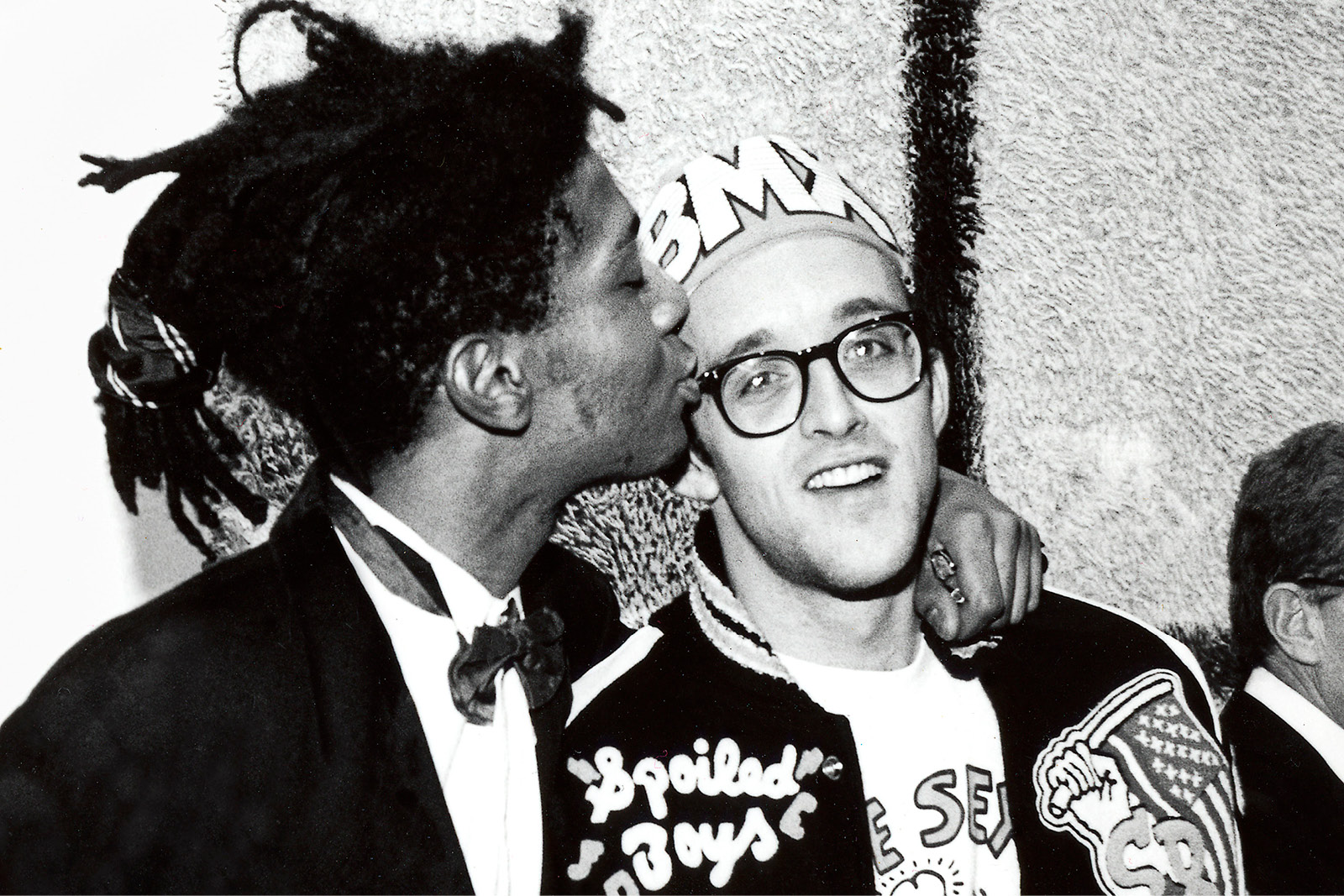For the late Pennsylvania-born subway artist Keith Haring, manifestos were suspect. “My movement consists of one person,” he wrote in his journals, deriding over-emphasised and often unquestioned movements such as pop, conceptual or minimalist art, even though he cannily opened up his Pop Shop to sell his art merchandise in New York, where he lived and worked, as well as in Tokyo.
 Jean-Michel Basquiat and Keith Haring in 1987. Photo © George Hirose
Jean-Michel Basquiat and Keith Haring in 1987. Photo © George Hirose
“It is high time for the realisation that art is everything and everywhere,” he wrote, four years before his death from AIDS in 1990 at age 31, having suffered a snubbing at the hands of major art institutions even as he achieved worldwide fame for his murals – several painted during a three-week visit to Australia in 1984 – and the urgency of his active, dancing figures lent to the likes of anti-apartheid and safe-sex posters.
Likewise, there was institutional neglect suffered by the more painterly Jean-Michel Basquiat in the 1980s, despite Basquiat’s graduating from spray painting poetry on walls in SoHo to much-anticipated gallery shows for his canvases, calling upon profound subjects such as racism and...











Comments
Log in to join the conversation.